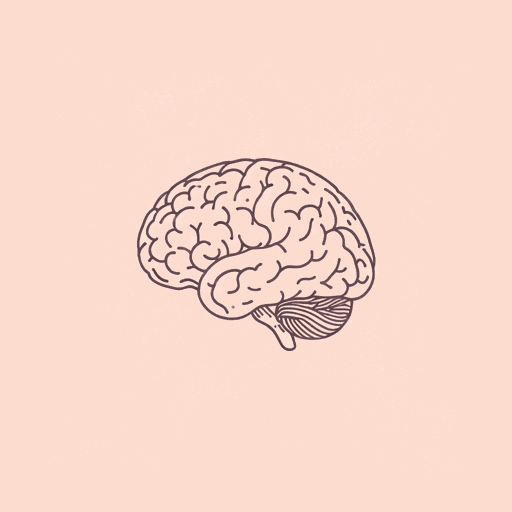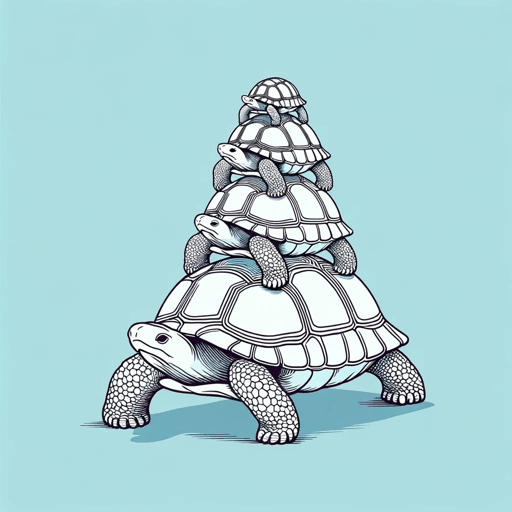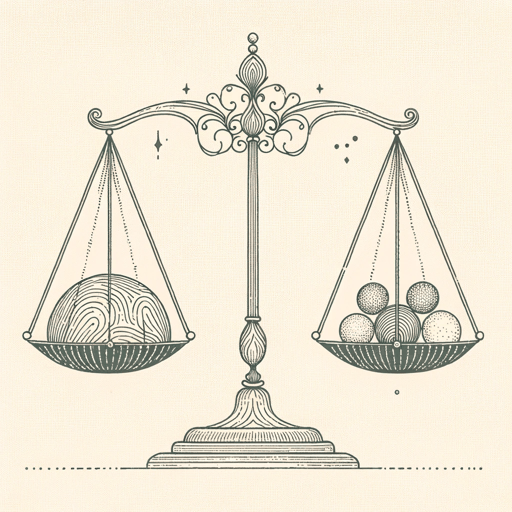92 pages • 3 hours read
Robert M. SapolskyBehave: The Biology of Humans at Our Best and Worst
Nonfiction | Book | Adult | Published in 2017A modern alternative to SparkNotes and CliffsNotes, SuperSummary offers high-quality Study Guides with detailed chapter summaries and analysis of major themes, characters, and more.
Chapter 13Chapter Summaries & Analyses
Chapter 13 Summary & Analysis: “Morality and Doing the Right Thing, Once You’ve Realized What It Is”
Morality is “not only belief in norms of appropriate behavior but also the belief that they should be shared and transmitted culturally” (478).
Laws are in essence rules about morality that call upon logic. This would suggest that morality is primarily based on reason. Various cortical brain regions activate and interact in moral decision making, stressing its conscious cognitive aspect.
The problem with seeing morality as solely reason-based is that most people do not understand why they have made a specific moral judgement, yet they are wholly committed to it. Therefore the “social intuitionist” school of thought suggests our morality is more based on social intuition than rationality: “Moral thinking is for social doing” (481). In moral decision making not only cognitive but also emotional centers of the brain activate. Our moral appraisals are also often instantaneous and quicker than appraisals of non-moral aspects of the same event, which suggests the emotional automaticity of these appraisals. In such, Sapolsky connects how we act and believe morally to what he has previously argued about how we fall into political perspectives, or why and how we conform: They are dual rational and intuitive processes.
As discussed earlier, human children show the rudiments of morality in the idea of fairness.
Related Titles
By Robert M. Sapolsky




